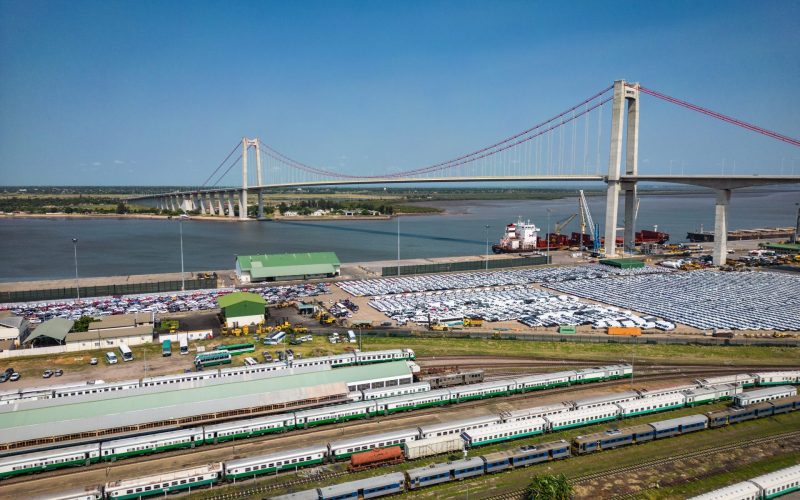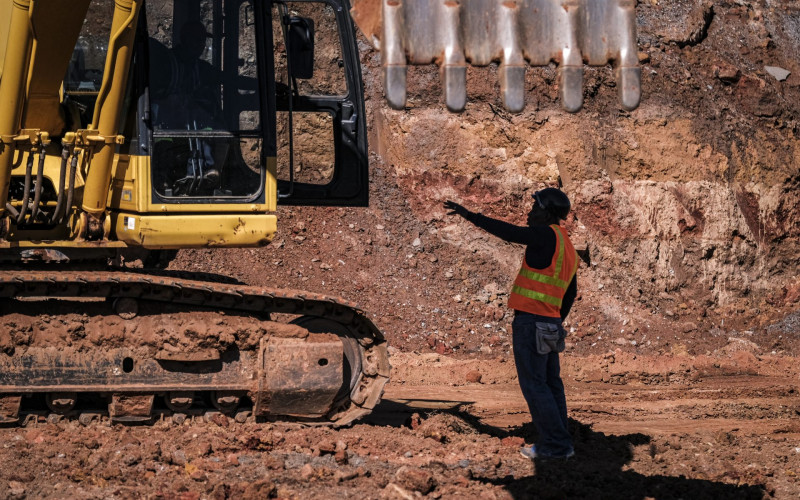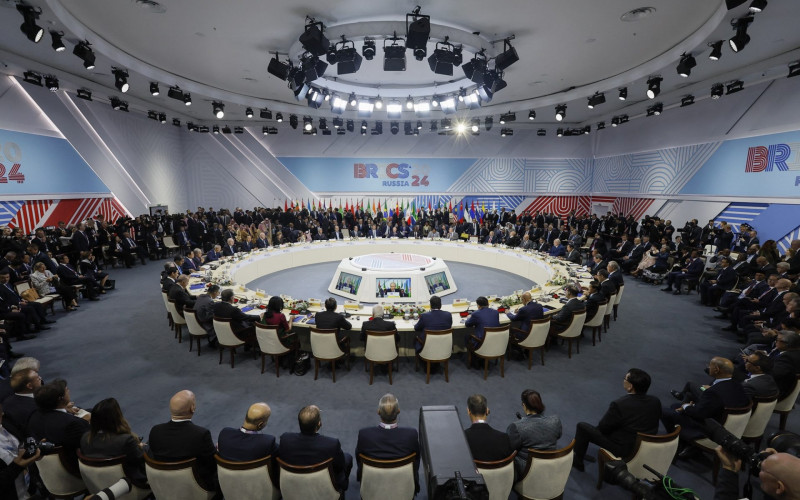Theorists point out that over the past decades world trade has increasingly been characterised by the fracturing of manufacturing and production processes, with different goods and services produced in different geographical locations, ultimately forming part of a single commodity. Specialisation in certain component parts of the whole has become more important than being able to produce and entire product. Lead firms manage to source inputs from across the globe.
‘Emerging in the 1960s and 1970s, value chain analysis was predominantly used to describe and understand mineral exporting economies. Over the years the analytical focus on value chains has waxed and waned, with a recent rise in the development of value chains to promote industrialisation in developing and least developed countries.
Kaplinsky defines a value chain as ‘the full range of activities which are required to bring a product or service from conception, through the intermediary phases of production (involving a combination of physical transformation and the input of various producer services), delivery to final consumers, and final disposal after use. Value chains include various vertical and horizontal linkages to other value chains or intermediate goods and services, and are recognised for their ability to contribute towards pro-poor initiatives and facilitate better linkages of small businesses with the larger marketplace.’
In Southern Africa, two key actors are promoting the development and integration into regional value chains for regional prosperity, namely the Southern African Development Community (SADC) and the South Africa Department of Trade and Industry (dti).
The SADC Regional Industrialisation Roadmap 2015-2063 speaks of beneficiation of the region’s vast natural resources as well as the urgent need to integrate into regional and global value chains for industrialisation. The South African Industrial Policy of the dti also promotes South and Southern African economic development through the integration into regional and global value chains. These policies are supported by a large body of recent work commissioned by dti and SADC and by other research institutes and donors like the ODI, the OECD, the World Bank, the AfDB and more.
SAIIA’s regional value chains repository holds studies across sectors and countries. The Trade and Industrial Policies Strategies (TIPS) website holds as many. This body of work has grown exponentially with various organisations hosting at least five workshops in the last two weeks in South Africa alone on regional value chains. At SAIIA, we are hosting the Driving Value Chains in Agro-Processing in SADC workshop on 6 November 2017.
However, reading through these papers and attending the events, it is hard to identify a sector in Southern Africa where true regional value chains have been created. The fact that intra-SADC trade has not increased significantly also shows us that these chains have not really gained traction in recent years. Most papers speak of domestic value chains and then link these chains to export markets. Strictly speaking they are in the field of export promotion or export strategy analysis and have little to do with a regional value chain. (There is the one exception of the proliferation of South African supermarkets into the SADC region but many analysts have written that these chains still predominantly import from South Africa and seldom source more than 20% from the local markets they find themselves in. And there is almost no re-export from SADC states to South Africa or between Supermarkets based in SADC states.)
When delving into the reasons behind the failure of SADC to create regional value chains the answers found sound all too familiar – lack of infrastructure, cost of transportation, lack of access to financing, restrictive government policies but also the lack of production efficiency that essentially prohibits basic exports let alone participation in complex regional or global value chains. The stumbling blocks to the creation of true regional value chains are the same that were offered for the lack of Foreign Direct Investment into the region, when this was still the buzz word du jour.
So, is all the recent hard work to understand how sectors operate in the various SADC states all in vain? I would argue that they are not, as here and there they throw up nuggets of new understanding and identify where fledgling linkages are in fact being made.
In particular, investments into the region from South African-based companies continue to grow, and bring with them employment, technology and intraregional trade. In the macadamia nut sector (as will be discussed at our event on Monday), the South African based industry association is doing promotional work for Mozambique producers. And in the auto industry Lesotho has for many years been producing very high quality leather for luxury cars that are assembled in South Africa – and the accompanying job opportunities are not to be scoffed at. Also, the fact that these study again belabour the point that there is urgent need to finally address the barriers to trade and investment in the region can only help push donors and investors alike to unlock the potential gains that do exist.








